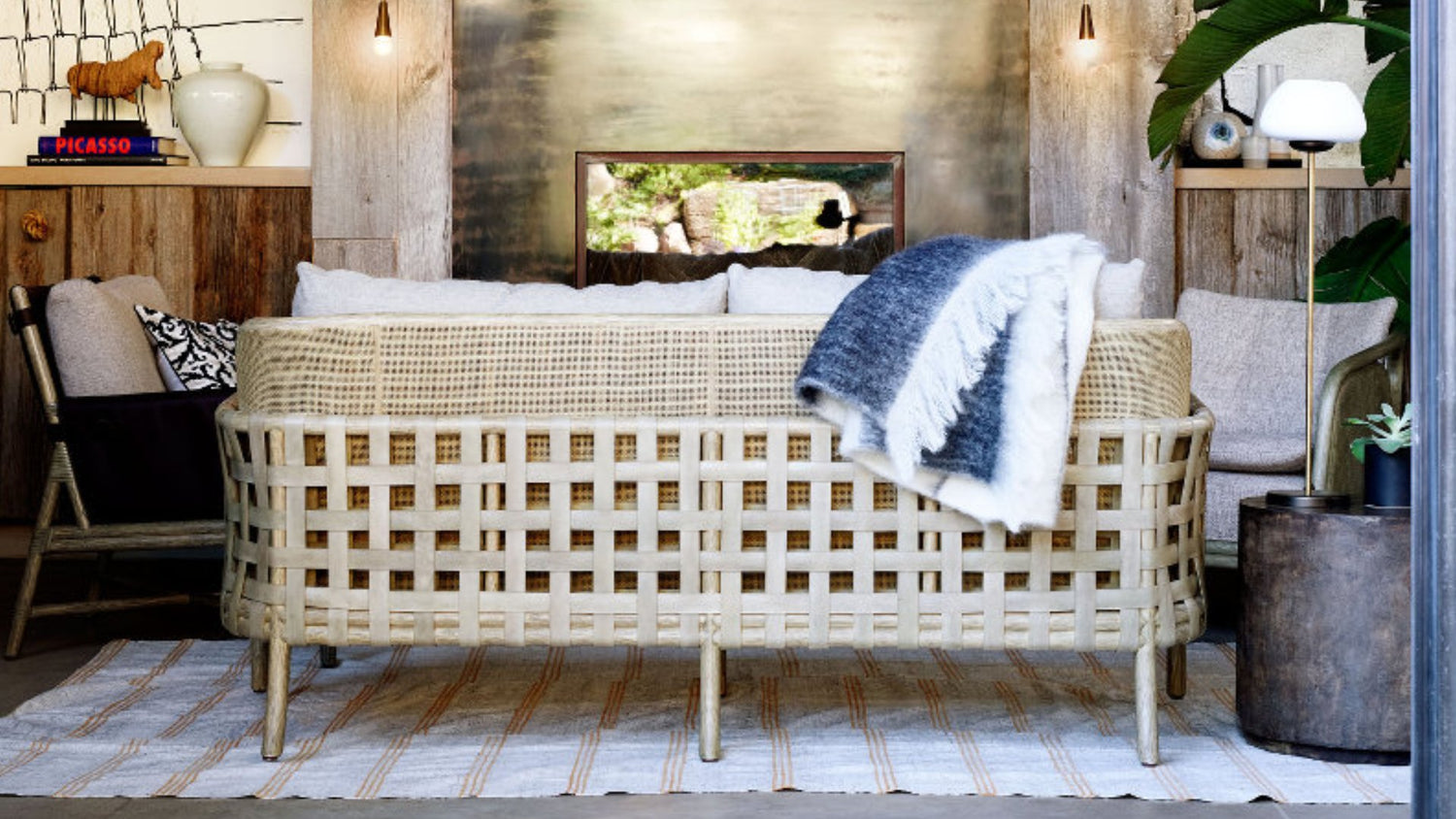Unraveling the World of Rugs

The history of rug weaving is as rich and colorful as the rugs themselves. For centuries, weavers have transformed simple fibers into stunning works of art, sharing their knowledge with each new generation.
How is a rug made?
The foundation of a durable rug lies in the quality of its wool. Sheep raised solely for their fiber, rich in lanolin, produce the strongest and most long-lasting wool. The longevity of wool is truly remarkable. With proper care, a wool rug can last for generations.
After shearing, the raw wool undergoes a meticulous cleaning process to remove impurities, then carefully dyed to achieve the desired colors. Next, skilled artisans spin the dyed wool into yarn, a crucial step in creating the rug's foundation. This yarn is then hand knotted on a loom, creating complex patterns and textures. This intricate process, requiring months of dedicated craftsmanship, results in a unique and beautiful rug. Finally, the rug is washed, trimmed, and dried before its journey to the US.
The Heart of the Rug - Materials
Tired of buying a rugs that shed all over and make you look like you are turning into a sheep? Is the color bleeding or fading? It all starts with quality materials.
Materials - We prioritize sustainability and quality. Our rugs are made from healthy, natural fibers like wool, silk, and cotton, ensuring durability and beauty.
Materials to avoid - Viscose · Linen · Banana silk · Art Silk · Any other fiber from a plant that is not cotton - These fibers can be delicate and may not withstand heavy foot traffic or spills well. Exposure to water can significantly weaken the fibers. Direct sunlight can cause dye fading, and professional cleaning may also contribute to color loss. Plus, let's not forget the environmental impact of rug disposal. Choosing a well-made, long-lasting rug is a sustainable choice for both your home and the planet.
Synthetic materials - Nylon · Polyester · Polypropylene · Acrylic - During manufacturing and even after installation, synthetic rugs can release harmful chemicals like formaldehyde, which can be a health concern. When washed, synthetic fibers can break down into tiny microplastics that contribute to environmental pollution. The production of synthetic fibers requires significant energy consumption and contributes to a larger carbon footprint. Just say no!
Knots - Our rugs are a testament to the artistry of hand-knotting. Skilled artisans carefully tie each knot, using a variety of knotting techniques, including pile cut, flat weave, and loop knot, to create rugs with different textures and styles. Larger knots lend a cozy, relaxed feel, while smaller knots offer intricate details and a more defined design.
Contact form
Shop Our Collections
-

Carmel-by-the-Sea Collection
The Carmel-by-the-Sea Collection is the epitome of cozy. With an ultra-soft rug...
-

Nantucket Collection
Introducing our Nantucket Collection, featuring the coastal cozy rug that will add...
-

Los Cabos Collection
Discover the intricate beauty of kilims and flat weaves in the Los...



